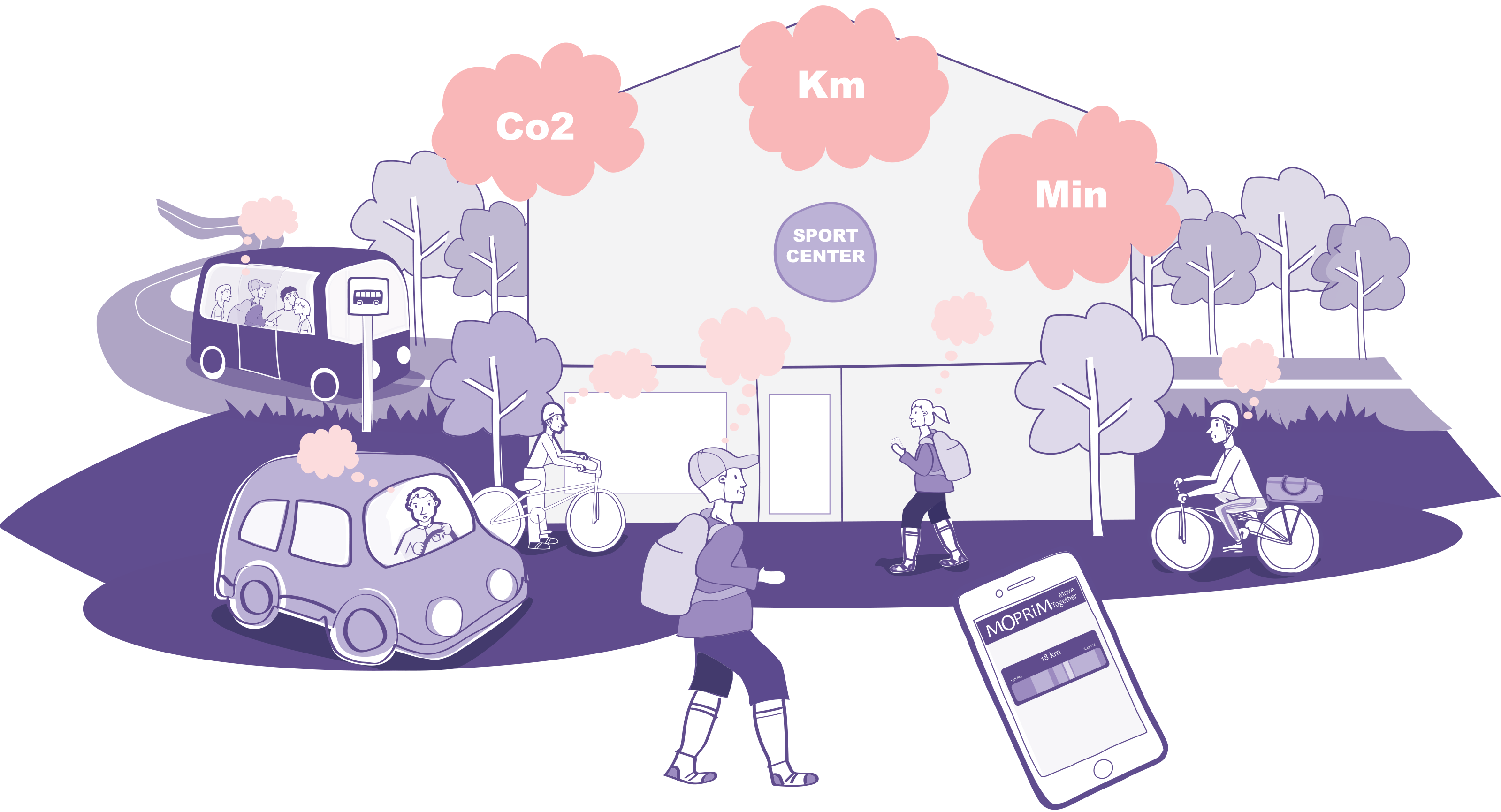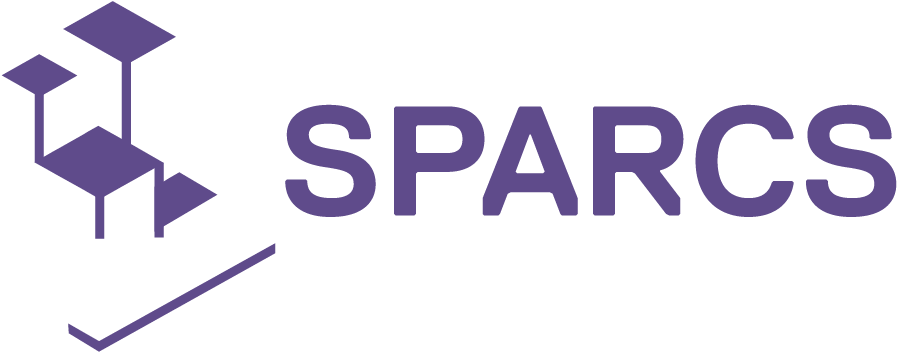Co-creating sustainable communities in Espoo
Co-creating sustainable communities in Espoo
In spring 2022, KONE piloted a new way to make mobility related CO2e footprint visible and relatable within local communities together with the city of Espoo, mobility data company Moprim Ltd. and Tapiolan Honka basketball club. The pilot was a continuation for SPARCS Sustainable Mobility Challenge conducted in autumn 2021, aiming to help communities decrease their CO2e footprint with data-informed new solutions.
Change-making begins from and ends to local communities
As part of the SPARCS project, KONE is leading the community engagement work to invite local Espoo citizens to take part in the sustainability transition. One of the key findings from the work has been the importance of local social communities on changing individual citizens’ mindset and mobility behavior in cities. It was discovered that family members, friends and leisure time communities, among other things, have a great impact on Espoo citizens’ daily mobility choices. Therefore, reaching a wider sustainability impact requires engaging a group of people (rather than individuals) and building on existing relationships.
Mobility pilot: Move together towards a shared goal
Catalyzing change through local communities has been the driver for KONE to start a pilot in collaboration with the city of Espoo, Moprim Ltd. and Tapiolan Honka basketball club. During spring 2022, two basketball teams from the Tapiolan Honka club were registering data on their daily journeys and mobility choices with a community app Moprim Move Together. The aim was to improve the understanding of mobility related CO2e footprint of the sports teams and the whole club.
The pilot revealed mobility patterns and strong opinions regarding the environmental impact of different mobility modes, as reflected by one of the team members when arriving at a basketball game:
“Usually, I use tram to get here, it is convenient. But today, I got a last-minute call to the game, that’s why I took my car as it is the fastest. And my car uses biogas, so it is zero emission and an even greener way to move than a tram.” (Team member)
For two months, the team members registered data about journeys that were related to their own team rehearsals and games as well as other journeys related to Honka sport club activities. The application tracked the used mobility mode, the travel time and distance of each trip and the related CO2e emissions. The collected data revealed the weekly amount of travelling related to the basketball club and the CO2e emissions from the two teams. The collected data is used to better understand the mobility behavior of the sport team members and to support the club in a transition towards sustainable mobility modes. It validated that the most popular mode of transportation to basketball rehearsals and games was a car, with approximately 80-90% of the weekly Honka-related travel kilometers. However, the pilot showed that there are various reasons for choosing a specific mode of mobility ranging from easiness and timetables to giving a lift to someone or socializing. One team member commented on her unusual choice of driving alone to the game:
“Usually, I drive with a teammate, we are neighbors. But today I came earlier, and she wanted to come later. I guess, it’s the convenience why choosing a car. I have an electric car.” (Team member)
The pilot ended in the beginning of June and the results are evaluated by KONE and the participants from Tapiolan Honka. The results are used to validate new ways to use community mobility data to decrease the environmental impact of transportation within communities.

